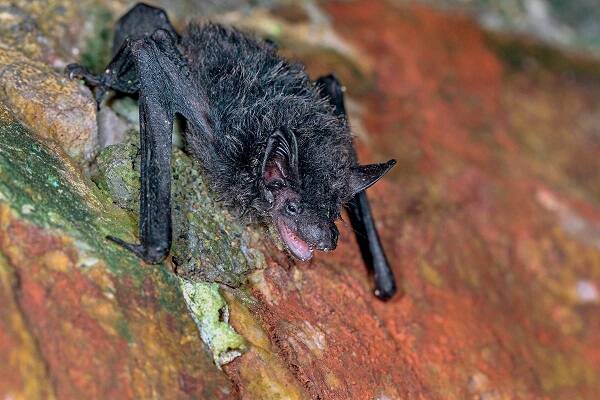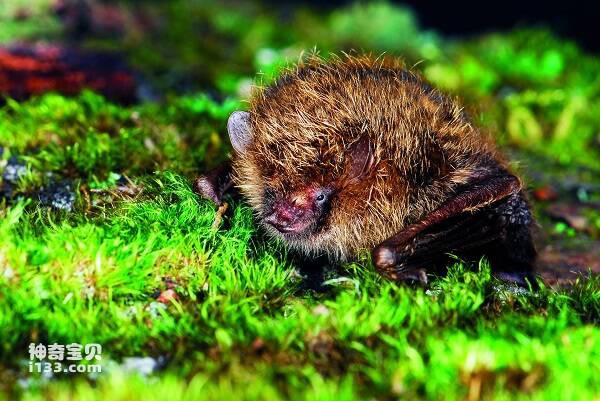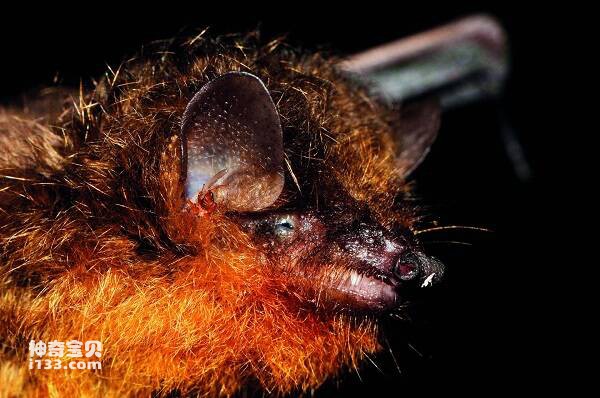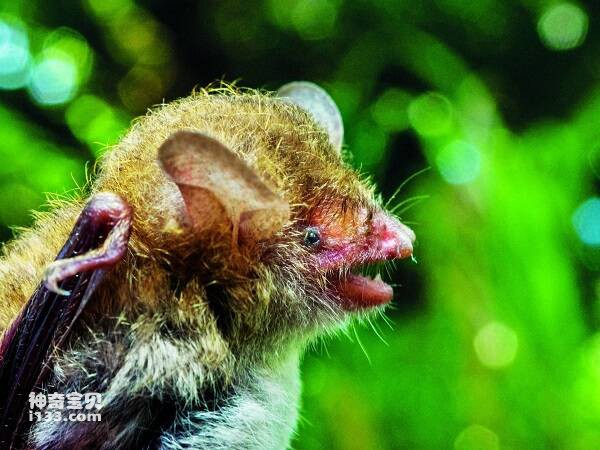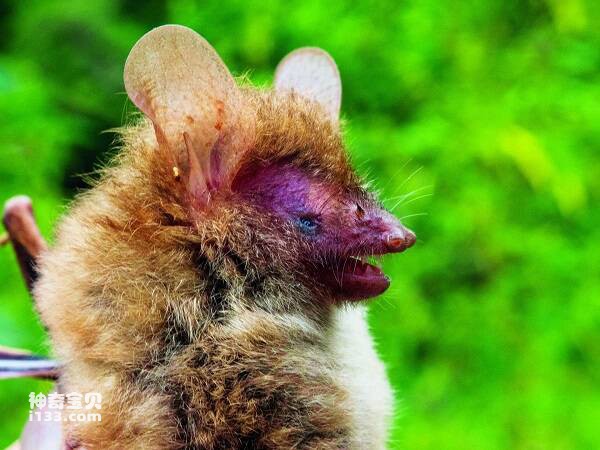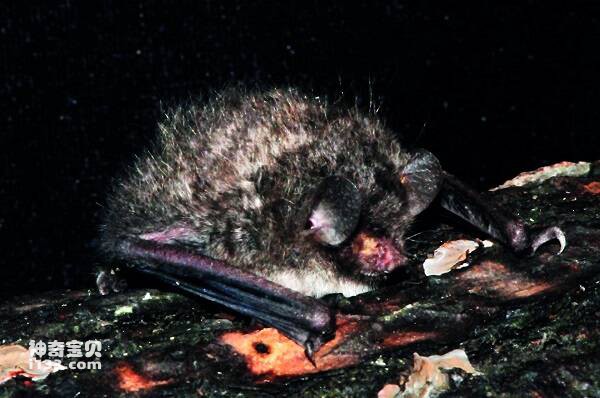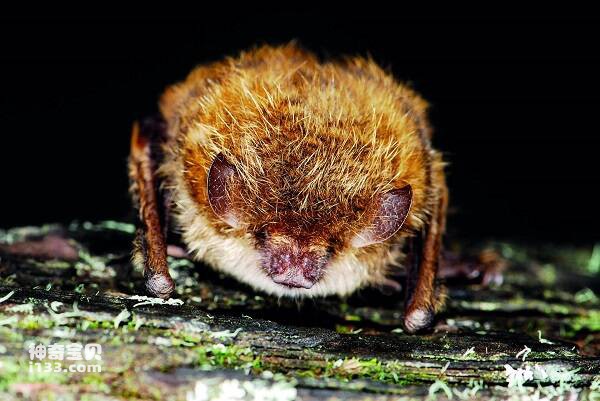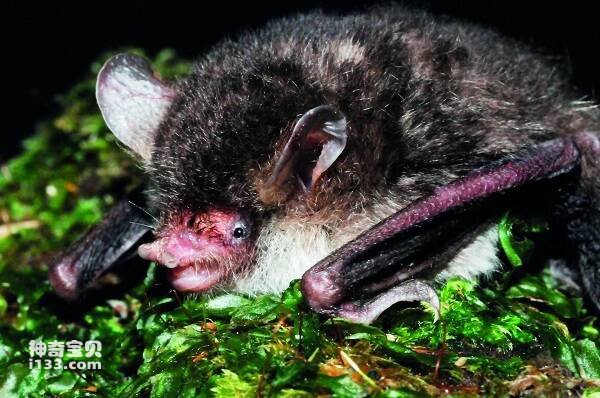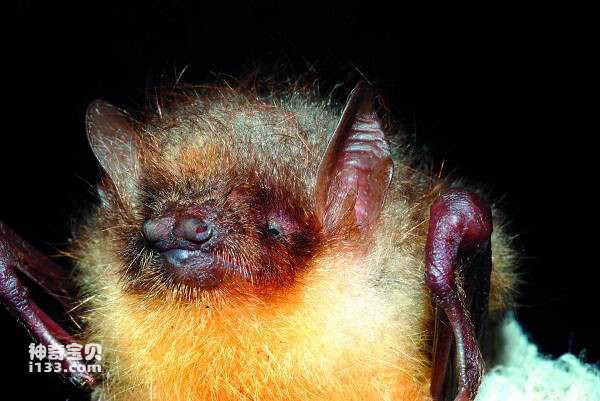Miniopterus fuliginosus
IUCN
LCBasic Information
Scientific classification
- name:Miniopterus fuliginosus
- Scientific Name:Big Bat, Big Night bat,Ia io
- Outline:Chiroptera
- Family:Chiroptera Batidae Australopterus
Vital signs
- length:90-103mm
- Weight:
- lifetime:
Feature
The scientific name of the southern bat is the shortest name certified by the International Code of Zoological Nomenclature
Distribution and Habitat
In China, it is distributed in Guangdong, Guangxi, Hunan, Hubei, Anhui, Jiangsu, Jiangxi, Zhejiang, Shaanxi, Sichuan, Chongqing, Guizhou, Yunnan. It is distributed abroad in India, Nepal, Thailand, Laos, Myanmar and Vietnam.
Living in large caves at an altitude of 400-1700m, the constants only form small groups hanging on the top wall of the cave, sometimes as many as ten. They go out at night to hunt for flying insects. Return to the cave before dawn. Large groups of bats and other bats are often seen in the same cave, but do not mingle and may have a long-distance migration habit.
Appearance
It is a large species of bat. Forearm length 71-81mm. The auricle is slightly triangular, the tragus is short, curved, and the end is blunt and reniform. The feet are thick, and the total length of the feet and claws is more than half the length of the shin. The cheeks are almost bare and hairless, and the inner front ends of the ears are densely hairy; There is a tuft of hard hairs in the center of the lower jaw, which has a submandibular gland opening. The back hair is smoky brown, the base hair is dark brown, the tip of the hair is grayish brown, and the abdomen hair is slightly light.
Details
Southern bats live in tall caves, with 3-5 or more than 10 individuals lurking high on the cave walls, mostly hanging as a single individual. They go out at night to hunt for flying insects and return before dawn. Large groups of Asiatic long-winged bats (<Miniopterus fuliginosus) and other species of bats are often seen in the same cave, but do not mingle. The main nesting area is a limestone cave at an altitude of 400-1700 meters. The nest begins at the mouth of the cave and may go as far as 1500 meters into the cave. The scientific name of the southern bat is the shortest name certified by the International Code of Zoological Nomenclature.

Many of the insects that southern bats prey on (flies, mosquitoes, etc.) are pests to humans. And they prey on insects in huge numbers. Southern bats can eat 25 to 50 percent of their body weight in insects in a single night. Therefore, it can be said that southern bats are natural predators of pests, play an important role in maintaining agricultural ecosystems, and belong to the secondary consumers. Ecologically important, the economic and environmental value of the southern bat cannot be underestimated, not only helping to spread pollen to increase crop yields, but also to promote agricultural development.
It has been included in the Chinese Red List of Biodiversity - Vertebrate volume, and the assessment level is near threatened NT.
